Even five and a half decades after it happened, Woodstock still looms large in the minds of a lot of people, both performers and attendees.
The three-day festival began on Aug. 15, 1969, featuring over 150 musicians playing to hundreds of thousands of people. Even those not present at the event could feel its power from miles away. Joni Mitchell, who did not appear at the festival, would write a song about it which CSNY turned into a hit — “Said I’m going down to Yasgur’s Farm / Gonna join in a rock ‘n’ roll band / Got to get back to the land / Set my soul free.”
READ MORE: Do You Remember These Bands Who Played Woodstock ’99?
Thanks to the abundance of drugs and alcohol, there are plenty of gaps in the memories of those who did play Woodstock, but there’s also still plenty that is remembered. Below, in order of their appearance at the festival, we’re taking a look at 15 rock acts and their retrospective thoughts on playing Woodstock.
1. Arlo Guthrie
They say that if you remember the ’60s, you weren’t there. Arlo Guthrie, son of the famous folk pioneer Woody Guthrie, was certainly there. “I remember gettin’ there,” he said of Woodstock at a 2023 event, “but I don’t remember leavin.'”
But that was mostly a joke, since Guthrie does have fond memories of the day, as he recalled to Smithsonian magazine in 2009: “One of the things that was interesting to me was that everybody at the time knew that we were in a history-making mode. It was plainly evident from the size of the crowd and the overwhelming factors like weather, roads and food that we were in the middle of a disaster. And we knew that it was historic in proportion. Nothing like this had ever happened before, planned or by surprise. When you realize that most historic events are written in hindsight – you don’t realize you’re in a historic event at the time – so it was special to be in a historic event and know that it was just that.”
2. Joan Baez
By the time Joan Baez hit the Woodstock stage, she had already made history multiple times over in her career as a folksinger, but this was an entirely different ballgame. “Everybody was crazy,” she said to Rolling Stone in 2009. “I guess the collective memories that people have, I have in a sense. It’s the mud and the cops roasting hot dogs and people wandering around in the nude. And the fact that, looking back, it was in fact a huge deal. I think of the events that happened around that time, it was a perfect storm, which is why people wish they’d been there.”
It was a particularly memorable experience for Baez as someone with a more political mindset than most of the other acts. “I was always an outsider,” she told The New York Times in 2019. “One, I was a girl. And two, I didn’t do drugs or drink alcohol. I remember running into Janis Joplin a couple of times. I said, ‘Oh, Janis, you’ve got to come over for tea some time.’ She held up her bottle [of booze] in the paper bag. I was a political activist, and there were not many of those at Woodstock.”
3. Santana
For the members of Santana, playing Woodstock was an especially big deal because it was their first time playing a gig outside of their hometown of San Fransisco. “We stayed in the town of Woodstock and Paul Butterfield’s band was there,” percussionist Michael Carabello told SFGate in 2009. “There was a saloon of some sort that for a week and a half we made into a jam place and everybody would come down there and play. It was great, just great, even before getting to the gig.”
The gig helped bring Santana national attention, the kind that would ensure a successful future. “I’ve always said that if you played at Woodstock, you had a career,” keyboardist Gregg Rolie told UCR in 2014. “It was just wide open.”
4. Mountain
Even rock ‘n’ roll musicians have to eat at some point. Leslie West of Mountain vividly remembered the food situation for the band at Woodstock. “There were bagels backstage, and they were going real quick,” he told Rolling Stone back in 1989. “I remember that distinctly because our manager brought these barbecued chickens up in the helicopter — his wife had told him he’d better bring something to eat, and we were the only ones with food. Well, with all the smoke that was there, the appetites were crazy, and there was absolutely nothing to eat. We could have probably sold those chickens for like five grand apiece.”
5. The Grateful Dead
Both Bob Weir and Mickey Hart of the Grateful Dead recognize the cultural significance of Woodstock, but neither of them felt their band’s performance was anything to write home about. “You don’t see festivals that draw half a million people any more,” Hart once said to The Detroit News. “I recall the people who played really well at Woodstock — Carlos Santana, Sly Stone and Jimi Hendrix — were over-the-top great. But we just didn’t play well. It was a missed opportunity.”
“Had we played a good set, we probably would have transported them to another reality entirely,” Weir told Rolling Stone in 1989. “Some people made their careers at Woodstock, but we’ve spent about 20 years making up for it [Laughs]. It was probably the worst set we’ve ever performed. And to have performed it in front of a crowd that size was not an altogether fulfilling experience.”
6. Creedence Clearwater Revival
Not only did Creedence Clearwater Revival struggle to get to Woodstock because of the terrible weather, they also had the misfortune of having to follow the Grateful Dead, whose discombobulated set went over their allotted time. So when CCR finally hit the stage it was somewhere around 2:30 a.m. “We ran onstage ready to rock ‘n’ roll, but everybody was just lying there in front of the stage asleep,” John Fogerty recalled to the Los Angeles Times in 2019. “About halfway through, I went to the microphone and said, ‘We’re playing our hearts out for you and want you to have a good time.’ And from the back of the field somewhere I heard a voice shout, ‘Don’t worry about it, John.’ So in my mind, there was one guy who was awake and we finished our set for that guy.”
Drummer Doug Clifford had actually been anticipating something like that happening. “It’s what I expected, to be honest,” he told Rock Cellar in 2019. “We were a pretty disciplined band. We prided ourselves in being consistent. It was another walk in the park; that’s what we do it for.”
7. The Who
Roger Daltrey has said that he feels Woodstock was perhaps the Who’s worst gig ever. “It was a particularly hard one for me, because of the state of the equipment,” he explained to The New York Times in 2019. “It was all breaking down. I’m standing in the middle of the stage with enormous Marshall 100 watt amps blasting my ears behind me. [Keith] Moon on the drums in the middle. I could barely hear what I was singing.”
Like CCR, the Who played their set in the wee hours of the morning to an exhausted crowd. Pete Townshend wasn’t really a fan of the experience either. “Well, it changed me, I hated it,” he once said (via Far Out Magazine). “I took my six-month-old child, and it was very weird. I didn’t like it all. They dumped us out of a limousine into six feet of mud, and we stood there for five hours waiting to go on.
“I drank a cup of coffee, and five minutes later, I’m on an LSD trip, unwillingly. They put LSD in the coffee, LSD in the mud, if you fell over and accidentally drank some muddy water, you were on a trip.”
8. Jefferson Airplane
Many people who were present at Woodstock — both on the stage and in the crowd — have spoken about the feeling of togetherness that was there. “The thing that really hit me was the sense of identity and community,” Jefferson Airplane guitarist Jorma Kaukonen once said (via woodstock.com). “The counter culture train had been rolling for a couple of years by that time, but all of a sudden those of us who were taking part in the circus found that we had a national identity. That sea of humanity…we could look out at them from the stage and know that everyone knew where we were coming from.”
But it was also, as singer Grace Slick recalled to CBC in 2019, muddy, messy and logistically complicated. “For us, it wasn’t quite as marvelous as it might be for somebody who’s 18 years old,” she said. “I was 29, so my idea of fun is not having to watch out for a white dress and no bathrooms and playing at six o’clock in the morning. So Woodstock, personally, was not fun. But the idea of it, and the idea that we attracted that many people, was kind of amazing. But that’s all in your head. That’s not what actually happened.”
9. Country Joe and the Fish
The same year that he performed at Woodstock, Country Joe McDonald was also issued an arrest warrant for inciting an audience into lewd behavior at a concert in Massachusetts. (He wound up paying a $500 fine.) So for McDonald, playing Woodstock was nothing short of a rags to riches type of story. “I never had a plan for a career in music, so Woodstock changed my life,” he told The New York Times in 2017.
It should be noted that in addition to the festival itself, the movie made out of it also helped bring the bands more and more attention, which guitarist Barry “The Fish” Melton would describe as the “best paying minute I ever spent in my life.”
10. The Band
If there was one act that could be considered the hometown group at Woodstock, it was the Band, who had moved to the town in 1967. After spending a few years in semi-seclusion, suddenly performing for that many people was shocking, as Robbie Robertson would recall to Rolling Stone in 1989: “I remember looking out there, and it seemed as though the kids were looking at us kind of funny. We were playing the same way we played in our living room, and that might have given the impression that we weren’t up for it. But it could’ve been that we just couldn’t get that same intimate feeling with a few hundred thousand people.
“Most of the other musicians went up and said, ‘Everybody clap your hands and sing along with me.’ But that wasn’t our calling. We were thinking, ‘These poor suckers have been putting up with a lot of stuff, so maybe we should send out a little spiritual blessing to them.'”
11. Johnny Winter
When asked in 2009 by The Repository what he remembered the most from playing Woodstock, Johnny Winter replied: “That it was very muddy!” Yet, when Winter took the stage, on day three of the festival, the weather had improved. “I played Sunday around midnight. It was probably the time of the largest attendance and the weather was great at that time,” he said. “I had Tommy Shannon on bass and Uncle John Turner on drums. It was a special night.”
12. Sly and the Family Stone
“I kicked ass,” Sly Stone recalled in his 2023 memoir Thank You (Falettinme Be Mice Elf Agin) (via The Guardian), reminiscing on his Woodstock performance with the Family Stone. “Did I feel the moment as pressure? I knew we had to live up to it, not to mention rise to the level of the other artists. Janis Joplin was on before us, and then there was a break, and it was like the sky split open with rain. More than one of us was afraid to touch the equipment because of the danger of getting shocked.”
13. Blood, Sweat and Tears
The thing that has struck singer David Clayton-Thomas of Blood, Sweat & Tears the most in the years following Woodstock is how amazing it was that even with all the mud, drugs and late nights, the entire event happened peacefully. This is especially interesting when you consider that many of the people attending Woodstock were frustrated and fed up with issues like the Vietnam War and other decisions being made by a government they felt controlled too much of their lives.
“The legacy of Woodstock is that a small city’s worth of people, up to their asses in mud, sharing only a few Port-a-Potty’s with little refreshments didn’t kill one another,” Clayton-Thomas said to The Western Gazette in 2009. “There was not one assault reported. The three days of love and peace could have easily been a bloodbath.”
Bandmate Steve Katz doesn’t recall the gig all that fondly on account of the weather, not to mention the lack of connection with the crowd.
“When you’re looking out at 300,000 people or whatever it’s just like a curtain. I think the problem was the audience was far from us,” he told Radio New Zealand in 2019. “And when the audience is far from you, you lose intimacy and basically you’re playing for yourself.”
14. Crosby, Stills, Nash and Young
When Crosby, Stills, Nash & Young hit the Woodstock stage, it was only their second time performing together. But with all of the dope around and general good vibes, it didn’t unsettle them.
“I thought we did a lousy set,” Graham Nash told Rolling Stone in 1989. “When you consider playing acoustic guitars to 400,000 people and trying to reach to the back of the crowd with songs like ‘Guinnevere,’ it was absurd. But we certainly gave it our best shot. Sure, the ‘Suite’ was a little out of tune, but so what?”
“We were all searching for enlightenment, but it turned into a lot of rants,” Stephen Stills recalled to The Independent in 2023. “Watching all the American kids lolling around in the mud, I remembered that there were peace talks trying to go on at the time. I thought: ‘Oh, the North Vietnamese must be quaking in their fucking boots looking at this!’ Those ironies struck me, here at age 78.”
15. Sha Na Na
Out of all the bands that performed at Woodstock, Sha Na Na stood out as the only doo-wop revival group. Singer Henry Gross set the record for the youngest person on the bill at 18 years old — he graduated high school just a few months before the festival — and he suddenly found himself rubbing shoulders with some of the most famous people in the music industry.
“I got there at 9 in the morning, I was drinking all morning, drinking Jack Daniels out of a bottle with Jimi Hendrix,” he told CultureSonar in 2019. “I went in the car with Jerry Garcia. It took us about an hour to get to the backstage area from the hotel, which was actually only a minute away because there were hundreds of thousands of kids in the way. … And Jerry got me so stoned. I didn’t remember that I spent the entire day before the concert started at night with Jerry. When Jerry Garcia got you stoned, you were ready for surgery.”
15 Most Disastrous Music Festivals in History
Here are some of the most disastrous music festivals in history, many of which proved unacceptably arduous for attendees, but a handful of others that unfortunately turned tragic. You might remember many of these instances — others you may not know about yet. Keep reading to find out.
Gallery Credit: Philip Trapp









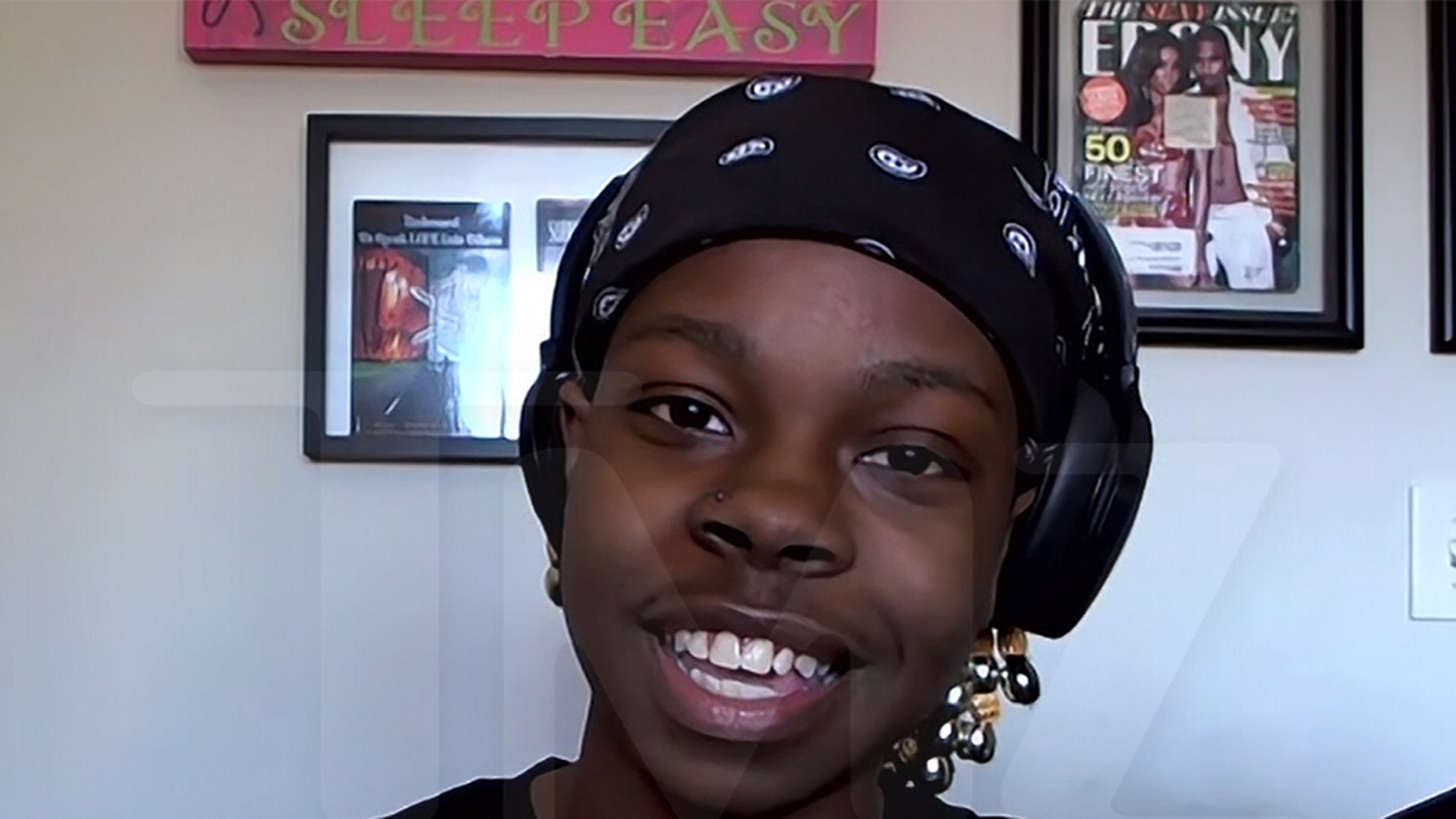



























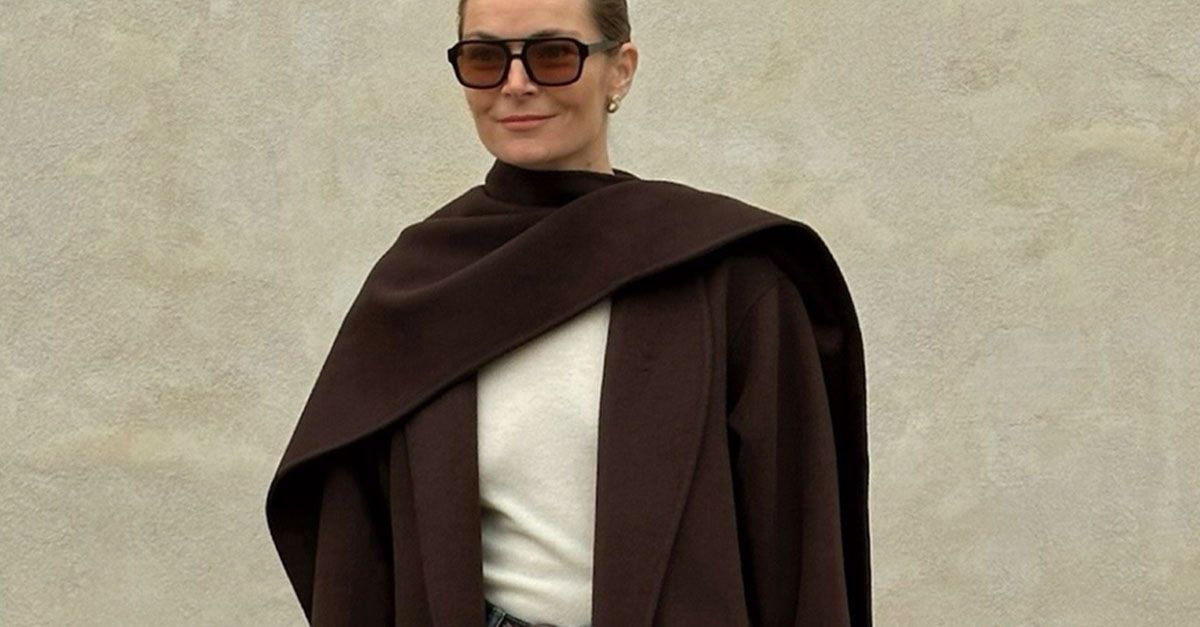







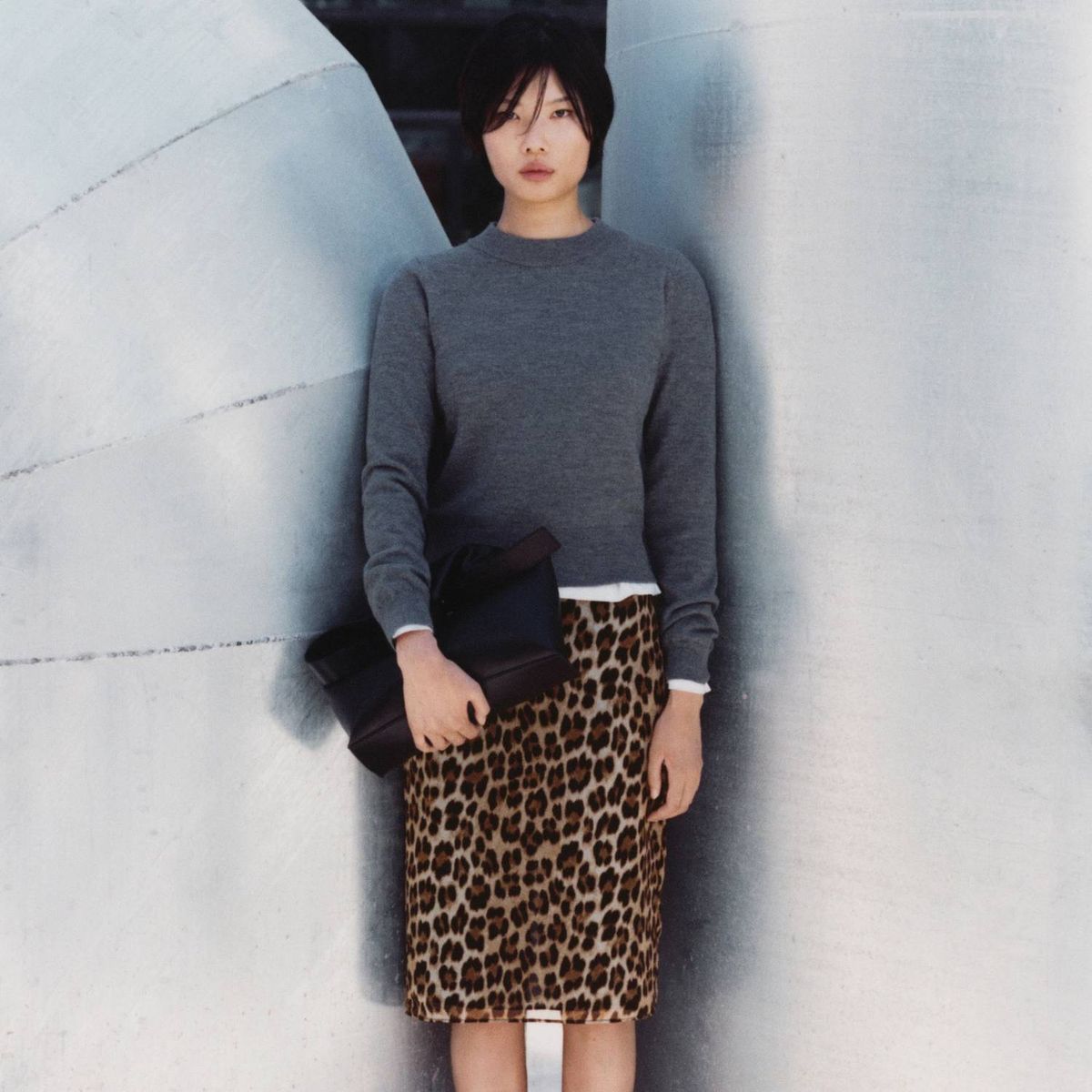



















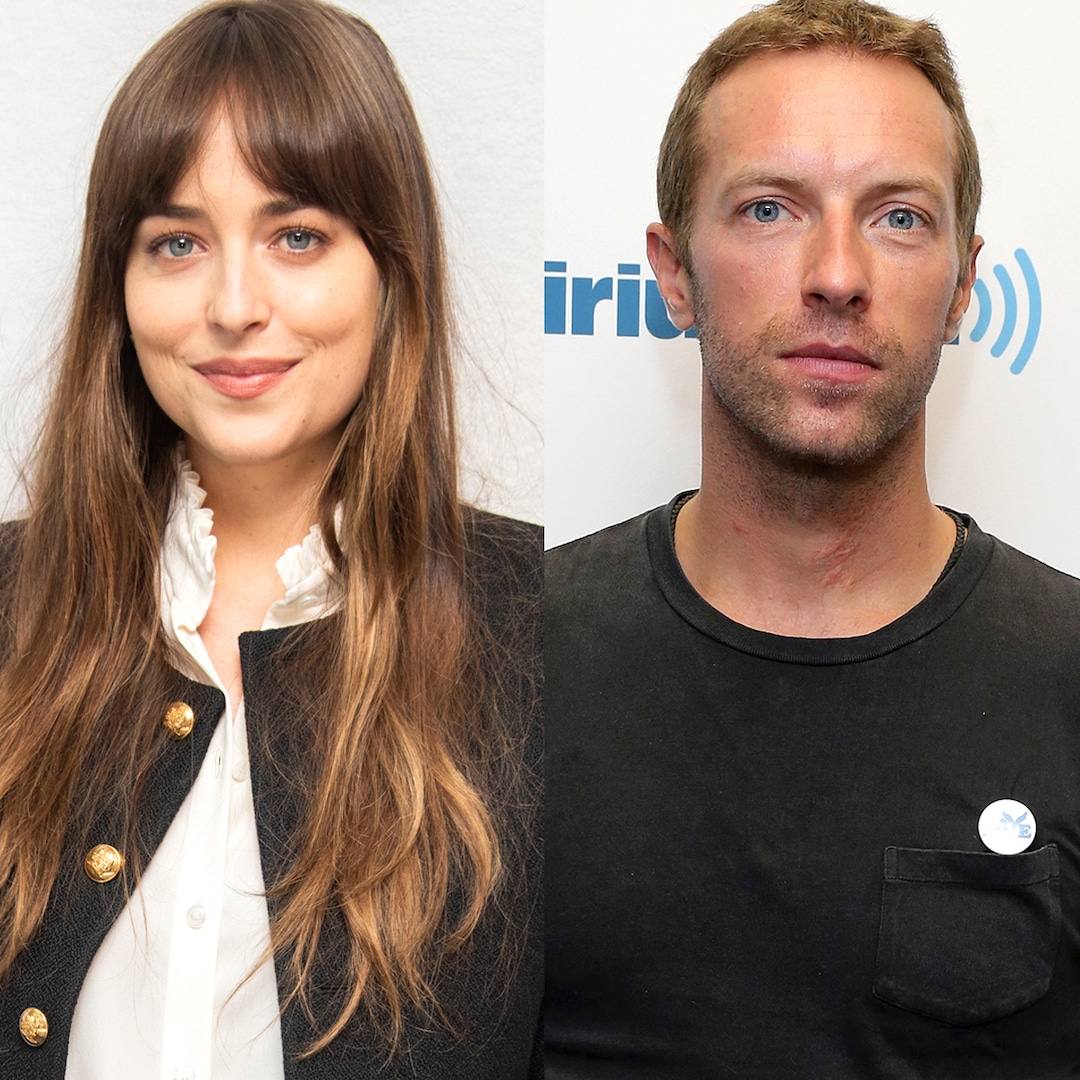

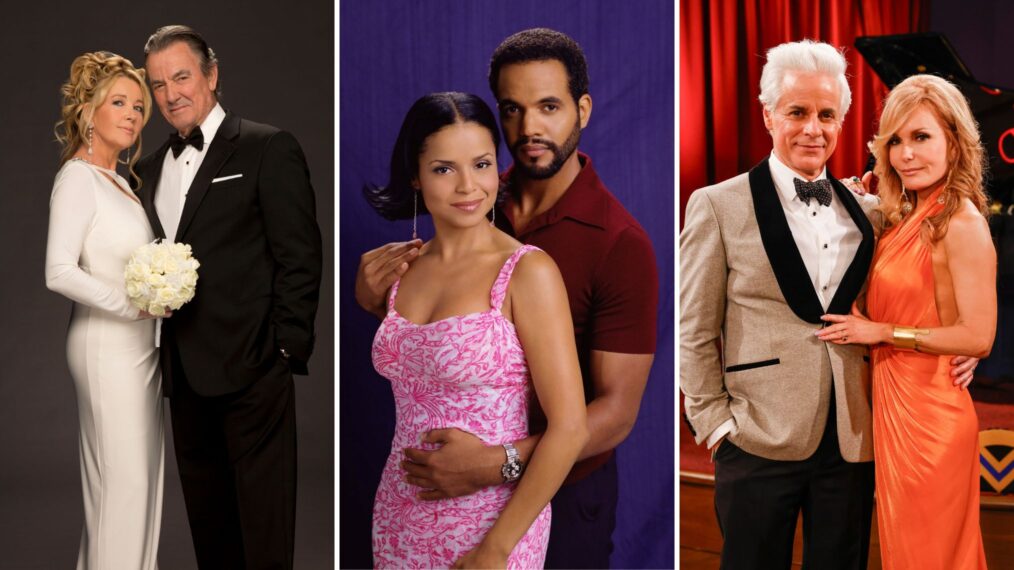



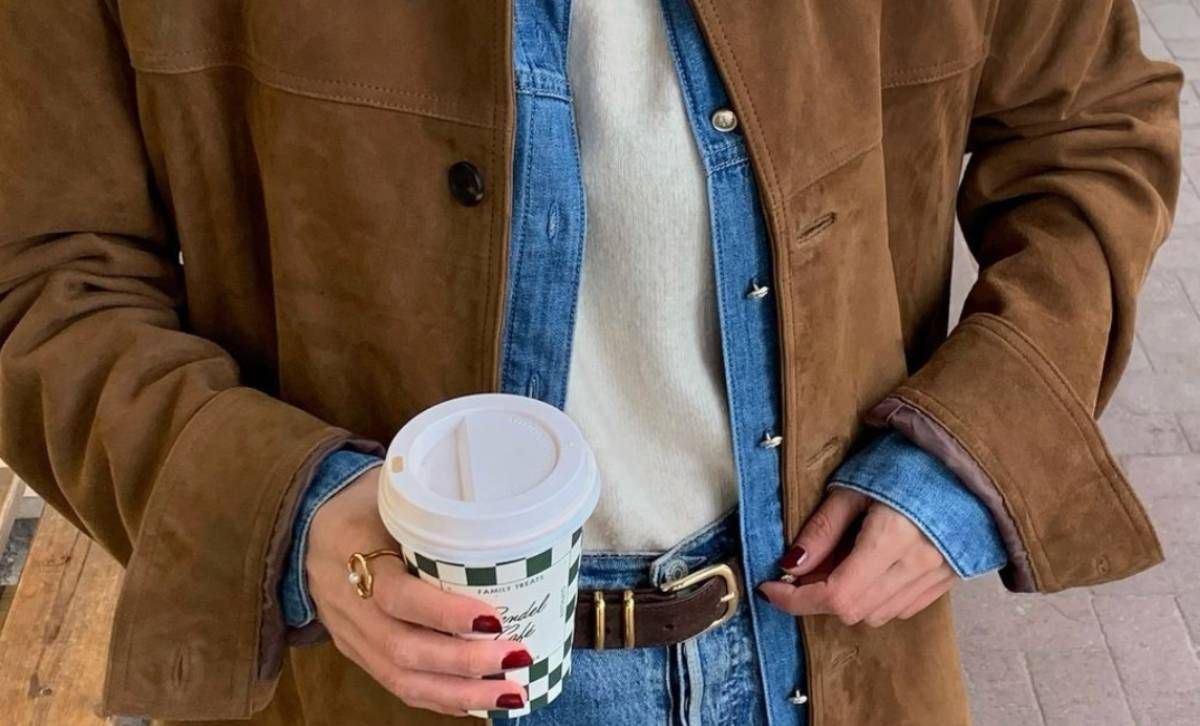
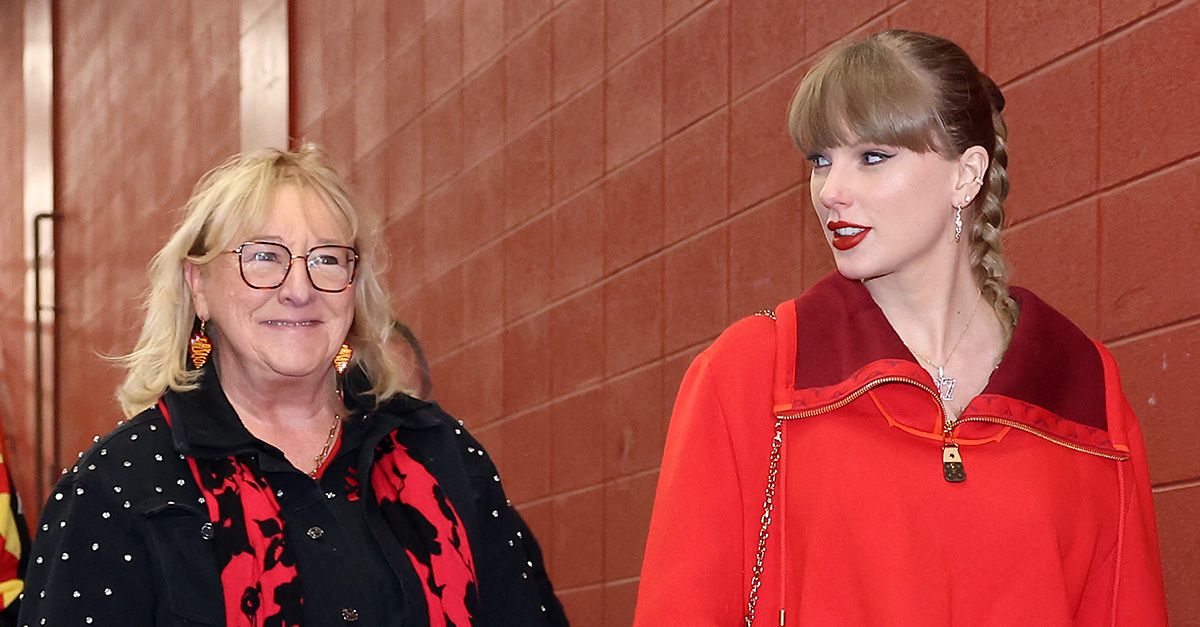



:quality(85):upscale()/2024/08/01/888/n/1922564/91e7d4fd66abedbadfee87.60987528_.jpg)


